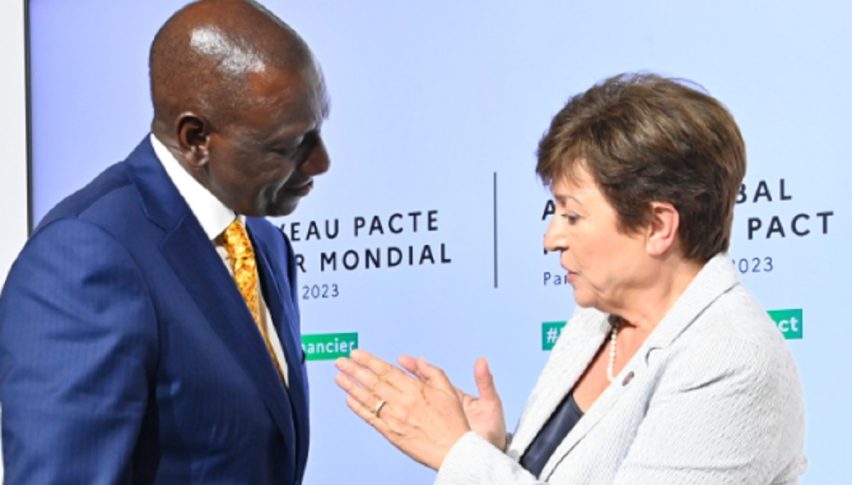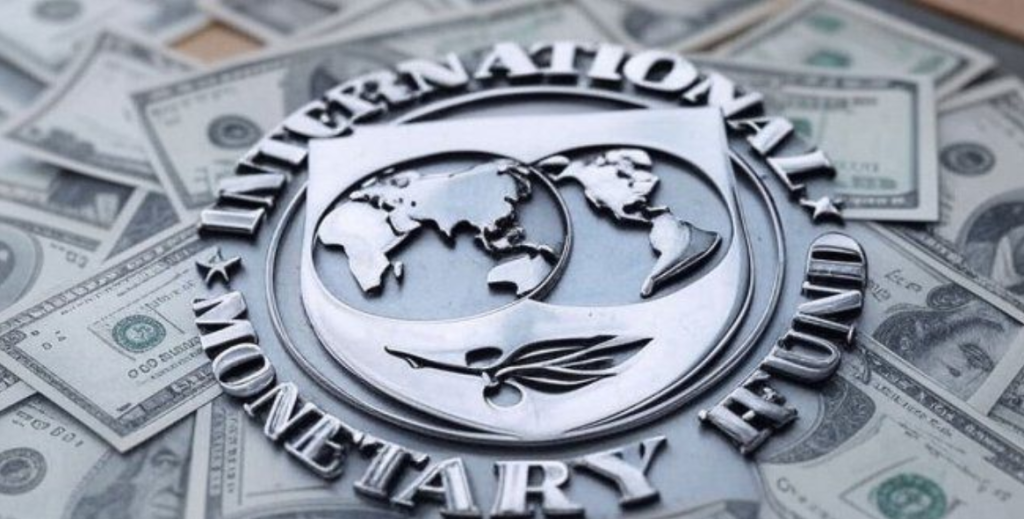IMF Projects 3% Global Growth
We have revised our growth projections upward from the April 2025 baseline forecast—from 2.8% to 3% for this year.

Quick overview
- The IMF has raised its global growth forecast for 2025 to 3.0% and 3.1% for 2026, up by 0.2 percentage points from April.
- This positive revision is mainly due to improvements in global trade policy, including a reduction in U.S. tariff rates.
- Key factors influencing the outlook include a surge in exports, looser financial conditions, and a weaker U.S. dollar.
- Despite the optimistic forecast, the IMF warns of ongoing geopolitical risks and uneven inflation rates across different countries.
The International Monetary Fund (IMF) has revised its global growth outlook upward by 0.2 percentage points compared to its April forecast, now projecting a 3.0% expansion in 2025 and 3.1% in 2026, according to the latest World Economic Outlook released Tuesday in Washington.

The improved outlook is largely attributed to recent developments in global trade policy. The United States, after announcing sweeping tariff hikes in April, has since scaled back the scope of those increases. The average effective U.S. tariff rate has dropped from 24% to approximately 17% following the partial rollback and a de-escalation in trade tensions with China in May.
“These adjustments have helped ease pressure on global trade and improved the broader economic environment,” said IMF Chief Economist Pierre-Olivier Gourinchas during the press briefing. “Nonetheless, tariffs remain historically high, and uncertainty around global trade policy continues to weigh on investment decisions.”
Key Drivers Behind the Upward Revision
Gourinchas outlined several key factors contributing to the revised forecast:
- Front-loading of Exports: Fears of looming tariff hikes led to a surge in exports to the U.S. during the first quarter, boosting industrial activity in Europe and Asia.
- Looser Financial Conditions: Global financial conditions have eased, with some central banks softening their stance as inflation continues to decline—broadly in line with earlier IMF projections.
- Weaker Dollar: The U.S. dollar has depreciated by about 8% since January. Historically, countries imposing tariffs have seen their currencies strengthen, offsetting part of the economic impact. This time, the weaker dollar has helped mitigate those effects.
Despite the improved forecast, the IMF cautions that only a few countries have reached fully developed trade agreements and that elevated geopolitical risks still pose challenges to the global recovery.
We have revised our growth projections upward from the April 2025 baseline forecast—from 2.8% to 3% for this year, and from 3% to 3.1% for next year,” said Gourinchas.
Inflation on a Downward Path
As for inflation, the IMF expects the global average to decline to 4.2% in 2025 and 3.6% in 2026, following a path broadly in line with the April forecast.
However, the report notes that this global outlook “masks significant differences across countries,” and forecasts suggest inflation will remain above target in the United States, while it is expected to be more moderate in other major economies.
- Check out our free forex signals
- Follow the top economic events on FX Leaders economic calendar
- Trade better, discover more Forex Trading Strategies
- Open a FREE Trading Account